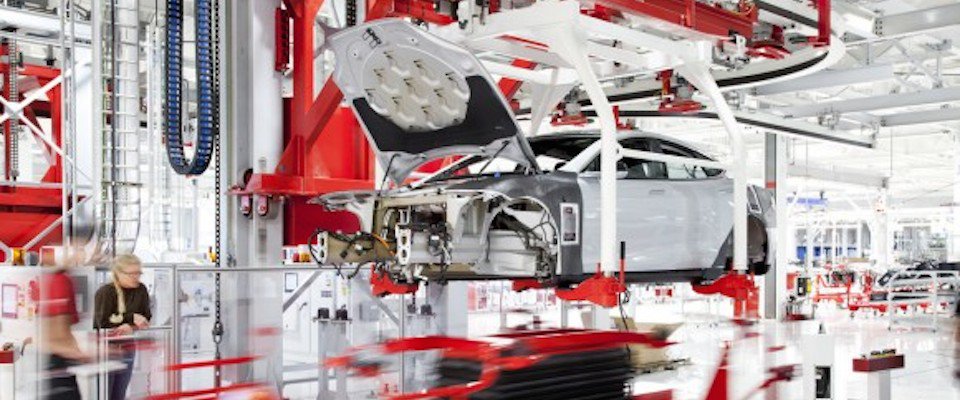Yesterday morning, the state of California held a hearing on proposed rules governing self-driving cars.
Both automakers and Google objected to the regulations as written, saying that the requirement to comply with voluntary federal regulations issued last month would hobble their development efforts.
Then, last night, Tesla Motors announced a vastly expanded suite of hardware to enable full self-driving capabilities, at some point in the future, in all Tesla cars fitted with that hardware.
DON'T MISS: How safe is Tesla Autopilot? Parsing the statistics (as suggested by Elon Musk)
Tesla's latest press conference, billed on Twitter by CEO Elon Musk as the second of three big announcements about its upcoming Model 3 electric car, had been delayed two days.
Musk attributed the delay to final tweaks by development engineers, though others suggested it may have allowed the announcement to take place after the hearing rather than before.
Tesla said that it had switched to a brand-new suite of sensors and hardware to be fitted to all vehicles produced henceforth, starting now.

Tesla Motors production line for Tesla Model S, Fremont, California
That would include the current Model S sedan and Model X crossover utility vehicle, whose previous set of sensors Musk referred to as "Hardware 1": one front-facing camera, 360-degree ultrasonic sensors, and front-facing radar.
The new equipment, to be know as "Hardware 2," is comprised of eight cameras, 12 ultrasonic sensors, and a forward-facing radar system.
Its computing ability is roughly 40 times more powerful than current cars, the company said.
ALSO READ: Tesla Autopilot 8.0 upgrade would have averted fatal crash, Musk says
Combined with future versions of the so-called Autopilot software the company continues to develop, that suite of hardware will permit future Tesla vehicles to achieve "Level 5" autonomy.
The NHTSA defines Level 5 autonomy as a vehicle not fitted with a steering wheel or any driver controls, one in which a passenger simply tells the car where to go—and then could, theoretically, go to sleep while the car travels there.
Musk said his goal would be for a self-driving Tesla vehicle to leave Los Angeles, take one or more occupants to New York City, and park there without any driver input, as soon as next year.

Mercedes F015 autonomous concept live photos, 2015 Detroit Auto Show
According to Musk, cars that could drive themselves could be coming soon, but if they were made this year, they'd almost certainly include a steering wheel and pedals, which would make them Level 4 cars.
Still, with the new suite of hardware, Musk said, "the foundation is laid."
It wasn't clear from the press conference and the questions that followed whether the Hardware 2 forward-facing radar system was an upgrade over the one fitted until recently.
CHECK OUT: CA to restrict use of term Autopilot: Tesla-owning pilot weighs in
Musk said Tesla plans to issue updates to its self-driving software every two or three months, but that initially, "Hardware 2" cars would be less capable than "Hardware 1" cars.
At first, "Hardware 2" cars won't immediately be capable of automatic emergency braking, adaptive cruise control, or active lane control.
Those features are to be activated later in over-the-air updates.

2016 Tesla Model S
At some point in the future, Musk suggested, Tesla could offer two variants of each vehicle it sells: cars equipped with an enhanced version of the current Autopilot, and cars that can truly drive themselves.
Such future self-driving technology won't be called Autopilot, he said, and will come with an $8,000 price tag to unlock on new vehicles.
"Every car Tesla produces going forward will have the full autonomy hardware," Musk said.
_______________________________________













